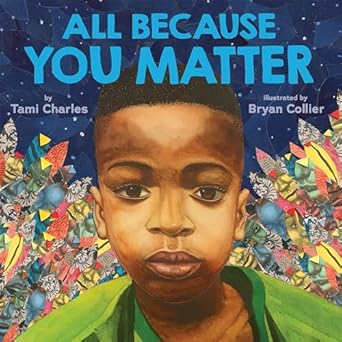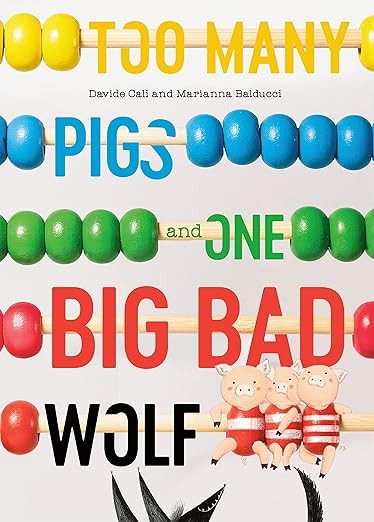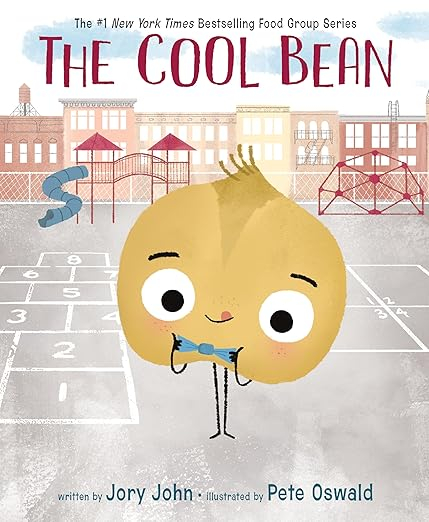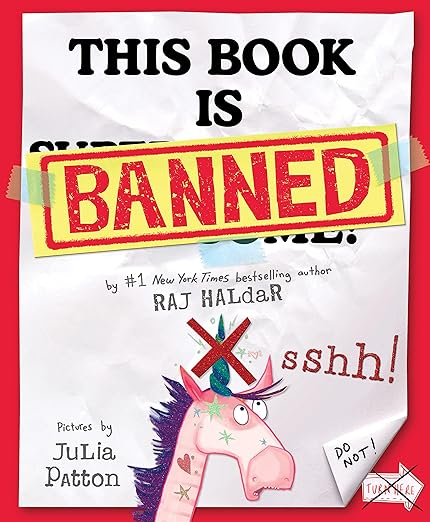Crafting the perfect ending for a picture book is akin to delivering the punchline of a joke—it needs precision, timing, and emotional resonance. A well-executed conclusion leaves young readers with a lasting impression, prompting them to sigh in contentment, burst into laughter, or cheer with delight. Let’s explore practical tools for crafting picture book endings with emotional punch.
The Importance of a Strong Ending
An ending serves as the final note in your story’s symphony. It’s the part that lingers in the minds of readers, influencing their overall perception of the book. A compelling conclusion provides closure, reinforces the story’s theme, and evokes emotion. As author Eevi Jones emphasizes, “Every word, sentence, and scene should relate to the ending. And the ending should relate to the beginning.”
Types of Effective Picture Book Endings
-
Circular Endings
These endings bring the story full circle, connecting the conclusion back to the beginning, offering a satisfying sense of completion.
Example:
The Bear and the Moon by Matthew Burgess, illustrated by Cátia Chien
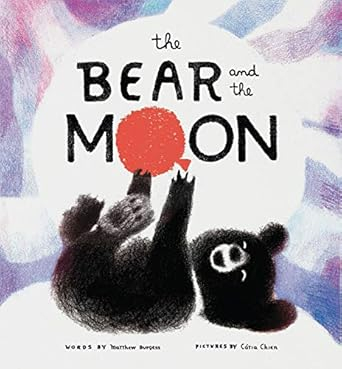
Synopsis: A bear discovers a red balloon and embarks on a journey of friendship and loss.
-
-
Ending: The story concludes with the bear finding solace under the moon, mirroring the opening scene and emphasizing themes of continuity and hope.
-
-
Surprise Endings
Unexpected twists can delight readers, leaving them with a sense of wonder and prompting them to revisit the story for hidden clues.
Example:
Too Many Pigs and One Big Bad Wolf by Davide Cali, illustrated by Marianna Balducci
-
Synopsis: A humorous retelling of the classic tale with a numerical twist.
-
Ending: The story takes an unforeseen turn that subverts expectations, eliciting laughter and surprise.
-
-
Emotional Resonance
Endings that tug at the heartstrings create a deep connection with readers, making the story memorable.
Example:
All Because You Matter by Tami Charles, illustrated by Bryan Collier
-
-
Synopsis: A lyrical ode to Black and brown children, emphasizing their worth and heritage.
-
Ending: Concludes with an empowering affirmation, leaving readers with a profound sense of self-worth and belonging.
-
Strategies for Crafting Impactful Endings
-
Foreshadowing
Plant subtle hints throughout the narrative that lead to the ending, providing a sense of inevitability and satisfaction when the conclusion unfolds.
-
Consistency in Tone
Ensure that the ending aligns with the story’s overall tone and style. A mismatched ending can feel jarring and disconnect readers from the narrative.
-
Character Growth
Highlight the protagonist’s development by showcasing how their experiences have led to a transformation, reinforcing the story’s message.
-
Leave Room for Imagination
While closure is essential, allowing space for readers to ponder or imagine beyond the final page can make the story linger in their minds.
Conclusion
An unforgettable picture book ending resonates emotionally, providing closure while leaving a lasting impression. By studying (recent) exemplary works and employing thoughtful strategies, writers can craft conclusions that make young readers sigh, laugh, or cheer—never shrug.


